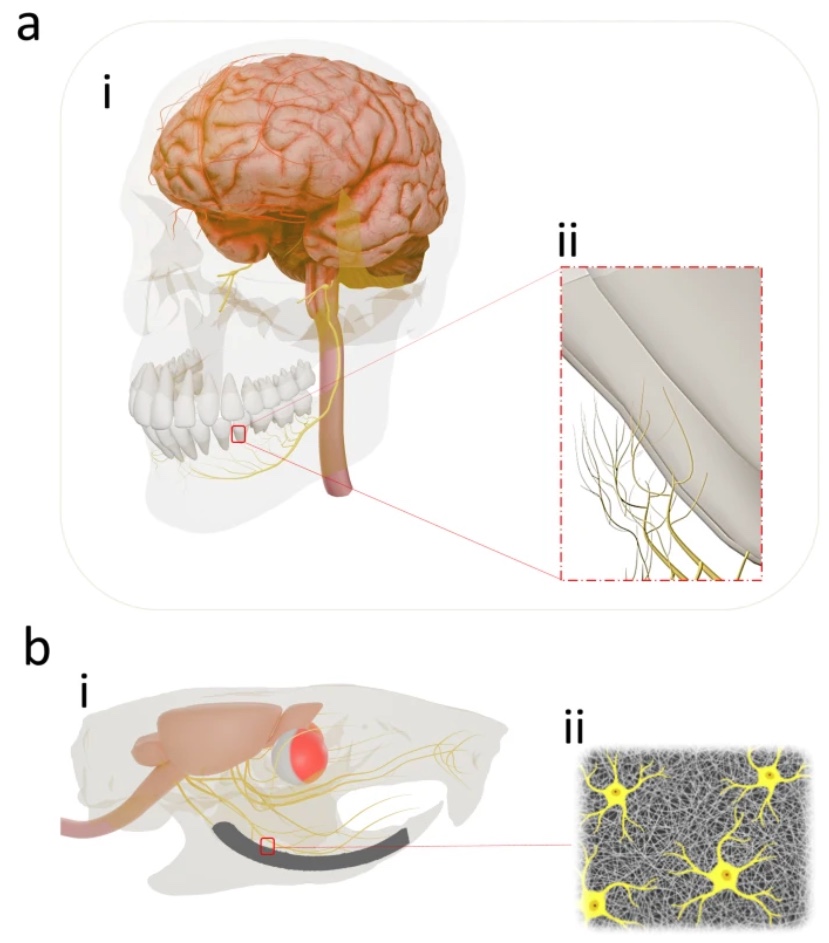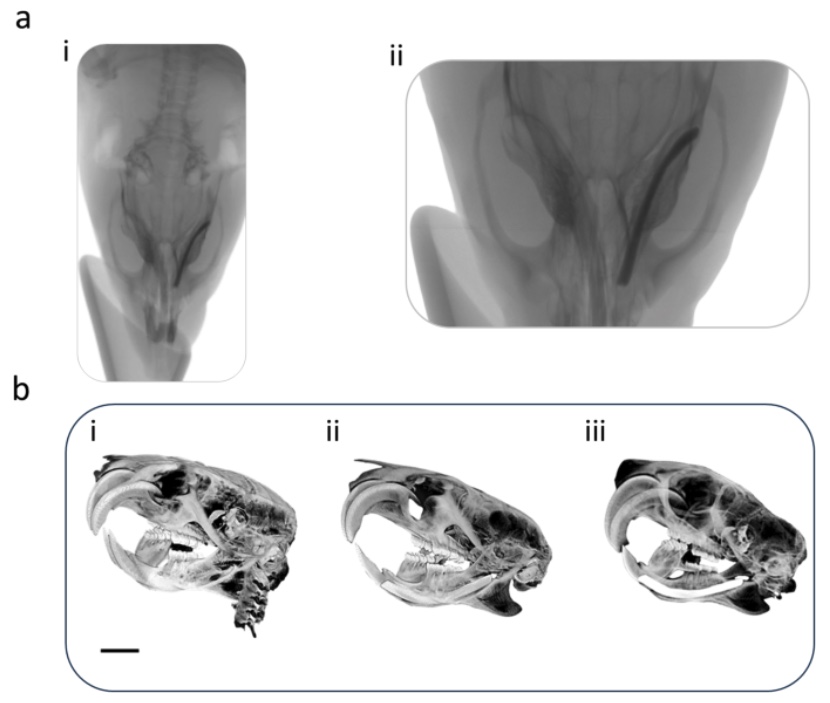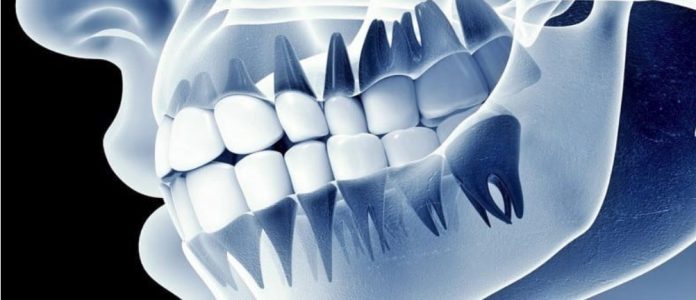นักวิทยาศาสตร์กำลังปฏิวัติวงการทันตกรรม ด้วยการพัฒนา “รากฟันเทียมอัจฉริยะ” ที่ไม่เพียงแต่ทดแทนฟันที่สูญเสียไป แต่ยังสามารถฟื้นฟูความรู้สึกและการสื่อสารกับสมองได้ใกล้เคียงฟันธรรมชาติอย่างที่ไม่เคยมีมาก่อน
ความก้าวหน้านี้เริ่มต้นจากการศึกษาของทีมวิจัยจากมหาวิทยาลัยทัฟต์ส (Tufts University) และทีมวิศวกรรมชีวการแพทย์ ที่ตั้งเป้าจะก้าวข้ามข้อจำกัดสำคัญของรากฟันเทียมแบบเดิม ซึ่งแม้จะฝังแน่นกับกระดูกกราม แต่กลับไม่สามารถคืนความสามารถในการรับรู้แรงกัด การเคลื่อนไหว หรือพื้นผิวอาหารให้ผู้ป่วยได้ เนื่องจากขาดองค์ประกอบสำคัญอย่าง “เอ็นยึดปริทันต์” (Periodontal ligament – PDL) ซึ่งเป็นจุดเชื่อมต่อฟันกับเส้นประสาทรับความรู้สึก

เพื่อทลายข้อจำกัดนี้ นักวิจัยได้สร้างรากฟันเทียมรุ่นต้นแบบที่มีการเคลือบด้วยเส้นใยนาโน ฝังสเต็มเซลล์ และสารกระตุ้นการเจริญของเนื้อเยื่อประสาท โดยไม่ต้องยึดติดกับกระดูกอย่างถาวร สามารถขยายและฝังแน่นในเบ้าฟันได้เองโดยไม่มีการเจาะกระดูก และยังเปิดทางให้เนื้อเยื่อประสาทสามารถเจริญเข้ามาเชื่อมต่อกับรากฟันเทียมได้ในภายหลัง

เมื่อลองฝังในหนูทดลอง รากฟันเทียมนี้แสดงผลลัพธ์ดีเยี่ยมภายใน 6 สัปดาห์ โดยไม่มีการอักเสบหรือภาวะแทรกซ้อน และยังเปิดช่องให้ระบบประสาทเชื่อมต่อเข้ามาแทนที่การยึดเกาะกับกระดูกแบบเดิมหากพัฒนาได้ถึงขั้นทดลองในมนุษย์และประสบความสำเร็จ เทคโนโลยีนี้ไม่เพียงจะเปลี่ยนหน้าตาของทันตกรรมถาวร แต่ยังอาจต่อยอดไปสู่อุปกรณ์ฝังในร่างกายด้านอื่น ๆ ที่ต้องการเชื่อมต่อกับระบบประสาท เช่น แขนขาเทียม หรืออวัยวะประสาทเทียมที่มีความรู้สึกได้จริง
Scientists are revolutionizing the field of dentistry with the development of a “smart dental implant” that not only replaces missing teeth but also restores sensory function and communication with the brain—something never before achieved at this level.
This breakthrough stems from research by a team at Tufts University and biomedical engineers who aim to overcome a key limitation of conventional dental implants. While traditional implants anchor securely to the jawbone, they lack the ability to restore sensations such as bite force, movement, or surface texture due to the absence of the periodontal ligament (PDL)—a crucial structure that connects the tooth to sensory nerves.
To overcome this, researchers developed a prototype implant coated with nanofibers, embedded with stem cells and neuro-regenerative proteins. Unlike conventional implants, it does not require drilling into bone and can naturally expand to anchor itself in the socket. More importantly, it creates an environment that allows nerve tissue to grow and reconnect with the implant.
When tested in rats, the implant performed exceptionally well—showing no inflammation or complications within six weeks, while enabling nerve integration without relying on traditional bone bonding.
If future human trials prove successful, this technology could redefine permanent dental solutions and pave the way for next-generation neuro-interactive implants—such as prosthetic limbs or sensory-enabled medical devices that truly “feel” again.
#SmartTooth #DentalInnovation #NeuroImplant #updatenews #TheThailanders
ที่มา : www.nature.com

















